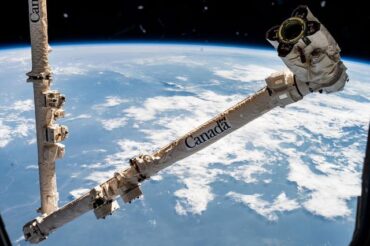Partnership will connect harbor seals to the IoT in an attempt to understand why their population is declining.
Vodafone announced on March 28 that they’ve completed a deal with Scotland’s University of St. Andrews to provide their machine-to-machine technology to the school’s Sea Mammal Research Unit (SMRU). The technology involves telemetry tags that will be attached to harbor seals in Orkney, Scotland. Operating much like smartphones, they’ll connect the seals to the IoT and send data back to the SMRU in real-time for analysis.
SMRU’s Deputy Director Dr. Bernie McConnell said in the announcement, “Over the last 15 years, many of the harbour seal populations in the Northern Isles and on the north and east coasts of Scotland have been declining. Marine data collected during this project on Orkney will help to assess the causes, management and mitigation options in relation to the harbour seals decline and to prioritise future research directions.”
M2M technology is already in use in smart cars, heart monitors and various smart meters, but this study will mark the first time they’ve been used with animals. The data the tags will collect includes diving depth, location and ocean conditions. It will also be used to study the impact humans are having on the seals’ environment, the announcement stated, especially where wind and wave turbines are concerned, and how the seals interact with nearby salmon fisheries.
The study will begin in April and last for three years. It’s being done at the request of the Scottish government. The harbor seal population has declined by 90 percent in Orkney since 2000.
Related: The Internet of Dugongs
Want more? Check out our most-read content:
7 Essential Elements in a Real-Time Streaming Analytics Platform
Fog Computing: A Reference Architecture
Intelligent Business Operations: White Paper
How to Apply Machine Learning to Event Processing
IoT Architectures for Edge Analytics
Data Streaming at the Edge: IBM and Apache Quarks
Liked this article? Share it with your colleagues!

























